Rising Popularity of Clean Beauty Trends
The Plant Stem Cell Market is significantly influenced by the rising popularity of clean beauty trends. Consumers are increasingly seeking products that are free from harmful chemicals and synthetic ingredients, favoring formulations that utilize natural and sustainable components. Plant stem cells, known for their purity and effectiveness, align well with this consumer preference. Market analysis indicates that the clean beauty segment is expanding rapidly, with a substantial portion of consumers willing to pay a premium for products that are environmentally friendly and ethically sourced. This shift in consumer behavior is prompting brands to innovate and develop new products featuring plant stem cells, thereby propelling the growth of the Plant Stem Cell Market.
Advancements in Biotechnology and Research
The Plant Stem Cell Market benefits from ongoing advancements in biotechnology and research. Innovations in extraction and cultivation techniques have enhanced the ability to harness the potential of plant stem cells effectively. Research indicates that these advancements not only improve the yield and quality of plant stem cells but also expand their applications across various sectors, including cosmetics, pharmaceuticals, and nutraceuticals. The increasing investment in research and development is likely to lead to the discovery of new plant stem cell varieties with unique properties, further driving the growth of the Plant Stem Cell Market. As a result, companies are more inclined to explore and invest in plant stem cell technologies, anticipating a favorable return on investment.
Expansion of Application Areas Beyond Cosmetics
The Plant Stem Cell Market is experiencing an expansion of application areas beyond traditional cosmetics. While skincare remains a dominant segment, there is a growing interest in utilizing plant stem cells in food, beverages, and health supplements. Research suggests that plant stem cells may offer health benefits, such as anti-inflammatory and antioxidant properties, which could appeal to health-conscious consumers. This diversification of applications is likely to open new revenue streams for companies operating within the Plant Stem Cell Market. As a result, businesses are increasingly exploring innovative formulations that incorporate plant stem cells, thereby broadening their market reach and enhancing growth potential.
Increasing Consumer Awareness of Skincare Benefits
The Plant Stem Cell Market experiences a notable surge in consumer awareness regarding the benefits of plant stem cells in skincare products. As consumers become more informed about the efficacy of natural ingredients, the demand for products containing plant stem cells is likely to rise. This trend is supported by a growing body of research indicating that plant stem cells possess regenerative properties, which can enhance skin health and appearance. Market data suggests that the skincare segment, particularly anti-aging products, is projected to grow significantly, with plant stem cells playing a pivotal role in this expansion. Consequently, brands are increasingly incorporating these ingredients into their formulations to meet consumer expectations, thereby driving growth in the Plant Stem Cell Market.
Growing Demand for Sustainable and Ethical Products
The Plant Stem Cell Market is witnessing a growing demand for sustainable and ethical products. Consumers are becoming more conscious of the environmental impact of their purchases, leading to a preference for brands that prioritize sustainability. Plant stem cells, often derived from renewable sources, align with this trend, as they offer a more sustainable alternative to traditional ingredients. Market data indicates that consumers are increasingly willing to support brands that demonstrate a commitment to ethical sourcing and environmental responsibility. This shift is prompting companies within the Plant Stem Cell Market to adopt sustainable practices, thereby enhancing their brand image and attracting a broader customer base.


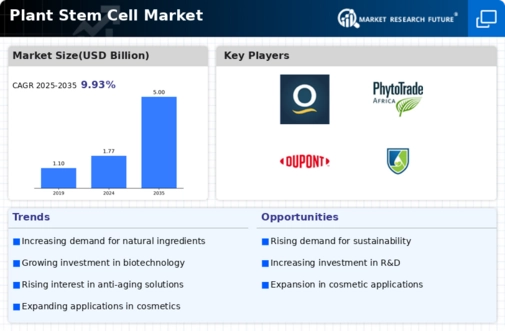
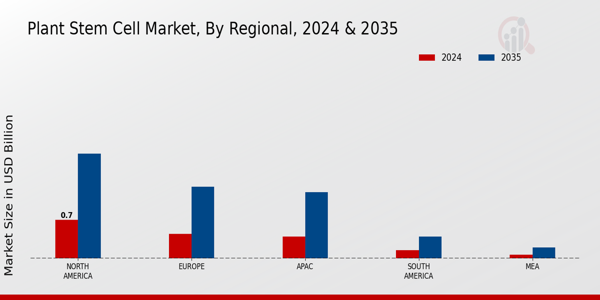
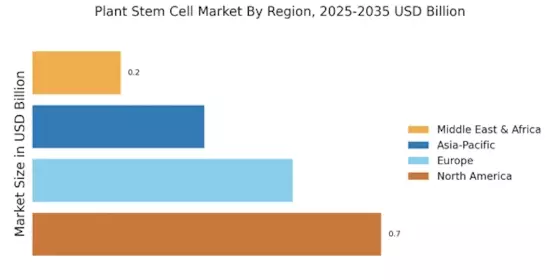
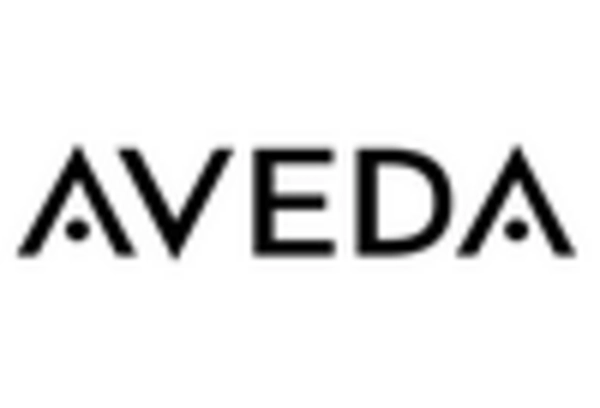



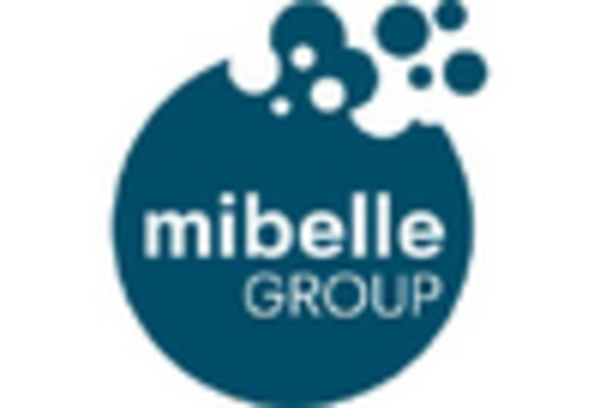
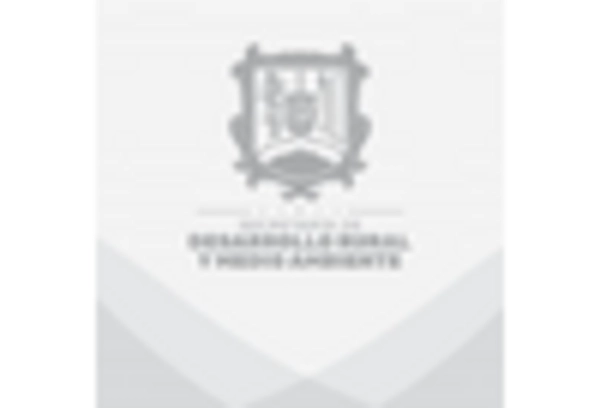








Leave a Comment